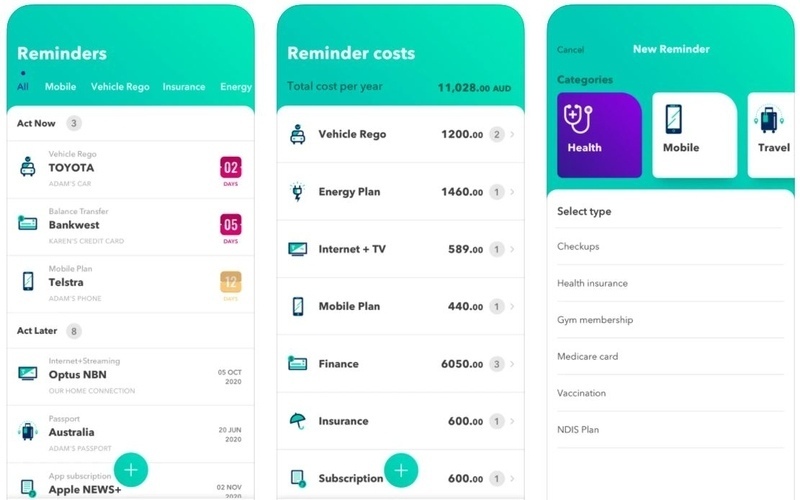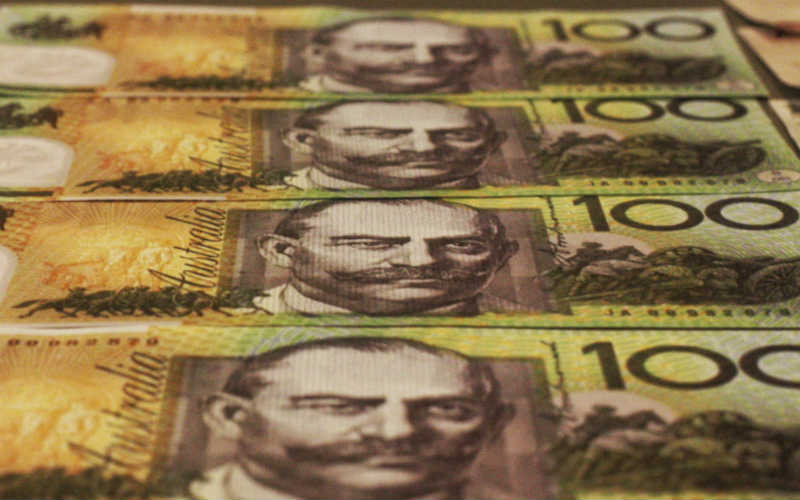One aspect of taxation Aussies need to understand is the tax-free threshold. In Australia, you’re required to pay tax on your income if you’re an Australian resident, earn an income, and have a tax file number (TFN). The tax-free threshold is an important factor in determining how much tax you have to pay (if any at all). It can also impact how big your tax refund is – or if you’re left with a big tax bill.
What is the tax-free threshold?
The tax-free threshold is the amount an Australian can earn each financial year without paying tax. Right now, the threshold is $18,200, according to the Australian Taxation Office (ATO). So, if you’re an Australian resident, the first $18,200 of your annual income is tax-free thanks to the threshold.
The $18,200 tax-free threshold is equivalent to:
-
$350 a week
-
$700 a fortnight
-
$1,517 a month
Australia has what’s known as a progressive tax system. That means the more you earn, the more tax you pay. If your annual income is above $18,200, you'll likely fall into one of these tax brackets:
Resident tax rates 2024–25:
|
Taxable income |
Tax on this income |
|---|---|
|
0 – $18,200 |
Nil |
|
$18,201 – $45,000 |
16c for each $1 over $18,200 |
|
$45,001 – $135,000 |
$4,288 plus 30c for each $1 over $45,000 |
|
$135,001 – $190,000 |
$31,288 plus 37c for each $1 over $135,000 |
|
$190,001 and over |
$51,638 plus 45c for each $1 over $190,000 |
Source: ATO *The above rates do not include the Medicare levy of 2%.
If you’re not an Australian resident you aren’t eligible to claim the tax-free threshold, unfortunately. That means you'll have to pay tax on every dollar of income you earn in Australia.
What counts as income?
The ATO defines income that must be declared for tax purposes as:
- Employment income
- Super pensions and annuities
- Government payments and allowances
- Investment income (including interest, dividends, rent, and capital gains tax)
- Business partnership and trust income
- Foreign income
- Other income including compensation and insurance payments, discounted shares under employee share schemes, and prizes and awards
You also need to declare any money or earnings you receive from:
- Crowdfunding
- The sharing economy and tax
- Personal services income relating to labour-hire payment
How to claim the tax-free threshold
Claiming the tax-free threshold is easy. When you start a new job, your employer will give you a tax file number declaration form to fill out. To claim the tax-free threshold all you have to do is answer ‘yes’ to question 9 - ‘Do you want to claim the tax-free threshold from this payer?’ The same applies if you’re on Centrelink payments.
By claiming the tax-free threshold, your take-home pay will be higher than if you’d ticked ‘no’ as your employer will be withholding less tax from each pay packet.
Typically, employees tick ‘yes’ to claiming the tax free threshold, unless they’re taking on a second job (more on this later).
What happens if I don't claim the tax-free threshold?
If you don’t claim the tax-free threshold, you’ll pay tax on your entire earnings regardless of how much money you make (yep, even if it’s less than $18,200).
Some people purposely elect not to claim the tax-free threshold as a deliberate savings strategy. That’s because they’ll pay more in tax during the year but will be pretty much guaranteed to receive a bigger tax refund when they submit their return. Some people who aren’t very good at saving money like to use this as a means of forced savings, but it does mean you’re financially worse off during the year as your take-home pay will be smaller.
However, it can be argued that isn’t a particularly good savings strategy as that money would be far better off in a savings account earning interest during that time instead.
Pros and cons of claiming the tax-free threshold
As with most things tax-related, there are pros and cons of claiming the tax-free threshold. Here are some of the most impactful.
Pros
More money in your pocket
Of course, one of the biggest benefits to claiming the threshold is having more money in your pocket throughout the tax year. By claiming the threshold, less tax will be taken out of your pay each pay cycle, leaving you with more to spend.
Better reflect your payable tax
By claiming the tax-free threshold, you might find the tax taken out of your income better reflects what you need to provide the ATO at the end of the financial year. However, if too little tax is taken each pay, you might end up with a tax bill.
No tax if you earn under the threshold
If you earn less than $18,200 in a given tax year and claim the tax-free threshold, you probably won’t need to pay tax at all and you won’t have had tax removed from your take home pay – a win-win situation.
Cons
A smaller refund or larger bill
You’ll pay more tax on your income as you earn it if you don’t claim the tax-free threshold. However, you’re also less likely to be left with a tax bill at the end of the tax year. You might also receive a tax refund, and a larger one at that.
Should only claim on one job at a time
For the most part, the ATO advises Australians working more than one job to only claim the tax-free threshold on the job that pays them the most annually.
Can I claim the tax-free threshold if I have more than one job?
As mentioned above, if you have more than one job or receive a taxable pension or government allowance on top of a regular part-time job, it’s advised you only claim the tax-free threshold for one of those jobs. According to the ATO, “if you have more than one payer at the same time, we generally require that you only claim the tax-free threshold from the payer who usually pays the highest salary or wage”.
It’s likely all but one of your income streams will then be taxed at a higher ‘no tax-free threshold’ rate. This reduces the chances of you winding up with a big tax bill at the end of the financial year.
But it also means you could be overtaxed. If you pay too much tax in a given year, you’ll receive the excess back as a tax refund.
If you’re certain the combined annual income you’ll receive from all your jobs will be $18,200 or less, you can choose to claim the tax-free threshold from each payer. If your total annual income later increases above $18,200, you can give one or more of your employers a withholding declaration to stop claiming the tax-free threshold from them.
On the other hand, if your income is over $18,200 and too much tax is withheld, you can apply to reduce the amount of tax withheld from your payments going forward. That could allow you to receive extra pay throughout the year, rather than a big tax refund at the end of the year. To do this, you’ll have to complete and lodge a PAYG withholding variation application with the ATO.
Savings.com.au’s two cents
The tax-free threshold may not be the most exciting topic ever but it can have a big impact on your personal finances. Claiming it (or not) directly influences how much tax you pay on every dollar you earn and how much you get back (or owe) at tax time.
Article originally written by Emma Duffy on 27 October 2020.
Photo by The New York Public Library on Unsplash



 Brooke Cooper
Brooke Cooper
 William Jolly
William Jolly












